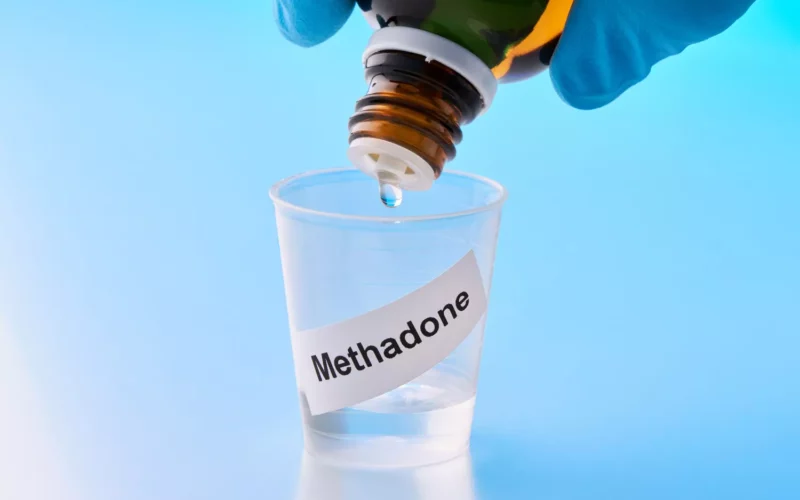Methadone is a synthetic opioid. It acts like opiates and is, therefore, a controlled substance and can be abused. However, studies have shown that under adequate medical care and supervision, methadone use is safe even when used for long-term therapy. This means that no permanent harm is done to the vital organs of the body, and no serious side effects are observed. This is not to say that side effects are absent. Some patients have reported experiencing minor symptoms such as constipation, edema, sweating, rashes, and drowsiness. These side effects are usually experienced at the beginning, and they subside after patients have become adjusted to or developed tolerance to their methadone dosages.
Unlike the opiates obtained on the streets, methadone is produced, processed, distributed, and administered under strict guidelines. Only approved pharmaceutical companies employing approved quality control standards are allowed to manufacture the drug. Methadone is likewise prescribed by licensed physicians and provided only at licensed and properly regulated healthcare centers. It is meant to be administered once daily under the close observation of a physician in a program run according to set guidelines.
Methadone is safe to use and does not affect the daily life of patients. It does not sedate nor intoxicates. It has no effect on motor skills or mental capacity, and it does not, in any way, affect abilities needed to work, including driving and operating machinery. Methadone is painless to administer, and it does not produce any emotional hyperactivity. What it does is reduce the craving for opiates, and because the drug is occupying the opioid receptors in the brain, concomitant opiate use does not produce the expected euphoria anymore. This latter benefit goes a long way in curtailing opiate addiction.
To ensure that the benefits of methadone maintenance treatment will be achieved, most clinics have the following considerations:
- Dispensed methadone is checked to prevent diversion. Methadone sold on the street is responsible for deaths associated with the drug. Patients who abuse the drug by taking an overdose can present with certain observable manifestations during clinical assessment. Urine tests should be ordered in such cases, and adulterants, as well as masking agents, should be checked for too. These are often used for flushing out the drug before clinic visits.
- Limited methadone doses should be given to patients to take home, and the use of these should be strictly monitored. The problem with giving patients methadone to take home is threefold: first, it is difficult to know that the patient is taking the drug at doses and as when intended. Secondly, these doses can be diverted to the street, where they’d sell for a lot. Thirdly, methadone is commonly used with other drugs, mostly stimulants, because it enhances the effects of those other drugs.
- Complementary psychotherapeutic treatment of the underlying cause of the addiction. There is a good chance of relapse when the underlying addiction is left untreated, especially if the patient is receiving other drugs whose effects are affected by methadone.
- Preventing multiple dosing through visits to different clinics. To make sure patients are not receiving multiple methadone treatments from different clinics and different doctors, every MMT program should use the DEA’s Prescription Monitoring Program and contribute to a state-wide central database identifying that they are the sole provider of MMT to their patients.
These guidelines are important for the protection of patients from their own addictive tendencies.

